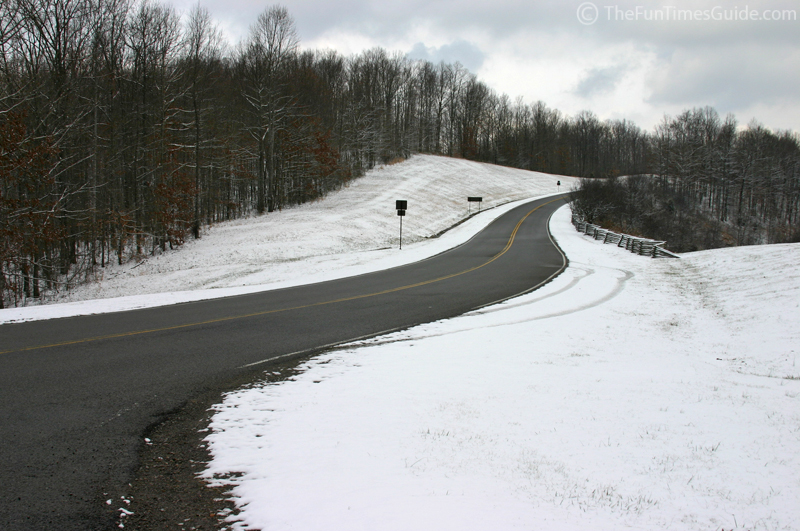A common concern for people considering a studded tire purchase relates to the performance on wet and dry pavement when there is no ice or snow. It seems reasonable to assume that metal studs will decrease traction on both asphalt and concrete, and that assumption is correct. Tire Rack testing showed that studding a tire will increase both wet and dry braking distances by about 5%.
So, a studded tire is slightly inferior on good roads compared to a studless version of itself. Regardless, tires that are studless by design actually tend to perform more poorly in that situation than studded tires. They use softer rubber with more siping to compensate for the lack of studs, and that results in tread blocks that become mushy under heavy loads and unable to maintain good tread contact.
In the 2015 NAF Winter Tire Test, as with many previous years, the studded tires consistently outperformed the studless tires in wet and dry categories of both braking and handling; despite the presence of studs. The 2015 test involved twelve of the best studded tires, and eight of the best studless tires. The studded tires took the top spot, and ten of the top eleven spots in the wet braking test. They also took the top three spots and seven of the top ten in the wet handling test. In the dry, the studded tires took the top eight spots during the braking test.
The 2014 test was an anomaly, in that the studless tires dominated the wet performance tests, with mixed results in the dry performance tests. However, the 2016 and 2017 tests saw the studless tires dominate the dry performance tests, while the studded tires continued their domination of the wet performance testing.
These discrepancies indicate that the studless and studded tires may be tested on different days, with the weather and track conditions influencing the results. The overall trend throughout the years indicates that the studded tires are superior to the studless tires on wet pavement, while the studless tires may have the edge on dry pavement. In both situations, the differences are minor compared to the potential differences in tire performance on icy roads.
A good winter tire will not have comparable grip and handling to a summer or all-season tire. In order for a winter tire to perform properly in winter conditions, it requires a more flexible tread design. So don’t be disappointed in the sloppy feel of a winter tread. Look forward to the conditions in which it will shine, or on to spring when you can put the summer tires back on. They’ll feel better than ever!
The reputation studded tires have for providing poor dry and wet performance is probably a remnant of a time when the only true winter tires most people had experienced were studded tires. Those tires certainly would have performed worse on clean pavement than a more summer-oriented tire – just as it is with tires now – and it would have been natural to blame the studs. They are the most obvious difference, after all.
